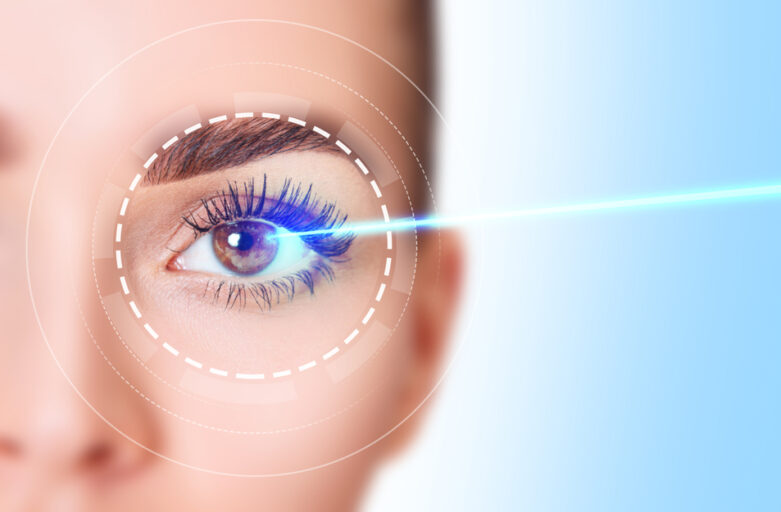If you’re exploring options for long-term vision correction and have been told LASIK may not be right for you, then you may want to consider PRK. This advanced laser eye procedure is a time-tested alternative that can offer clearer, more stable vision—without relying on glasses or contact lenses. At Dr. Brian’s practice in Beverly Hills, you’re treated by one of the most experienced and trusted experts in the field. His personalized care and meticulous attention to detail help ensure the best possible outcome for every patient.
Your Prescription and Vision Stability Matter
One of the first signs that you might be a good candidate for PRK is having a stable vision prescription. If your vision hasn’t changed significantly in the past year, it’s a strong indicator you’re ready for a long-term correction procedure like PRK. This is especially important because a fluctuating prescription can impact the precision and longevity of your results.
Thin or Irregular Corneas? PRK Might Be Right for You
If you’ve been told that your corneas are too thin or irregular for LASIK, PRK could be a viable alternative. Unlike LASIK, PRK doesn’t require the creation of a corneal flap, which makes it a better option for those with less corneal tissue. This also reduces the risk of complications for individuals with certain corneal characteristics.
Active Lifestyle or High-Risk Occupation?
PRK may be particularly well-suited if you’re highly active or have a job that carries a higher risk of eye trauma. Since there’s no flap created during the procedure, there’s less risk of dislocation or injury post-surgery. This makes it a strong option for athletes, military personnel, and those in physically demanding careers.
Eye Health and Overall Wellness
To qualify for PRK, your eyes should be generally healthy, free of infections, or chronic conditions such as severe dry eye, glaucoma, or advanced cataracts. Additionally, your overall health should be stable. Certain autoimmune diseases or medications can interfere with healing and may make you ineligible for the procedure.
Ready to Explore Your Options? Talk to an Expert in Beverly Hills
If you’re considering vision correction and want to know whether PRK is the right path for you, it’s time to consult with a seasoned professional. At Dr. Brian’s practice in Beverly Hills, CA, you’ll receive thorough testing and honest guidance tailored to your needs. Call 310-860-1900 to schedule your consultation and take the first step toward clearer, sharper vision.




